Forensic toxicologist William Allender on his Dianne Brimble evidence
In his first book, forensic toxicologist William Allender looks back at some of the most remarkable cases of his career including the shocking cruise ship death of mum Dianne Brimble. READ THE EXTRACT

Book extract
Don't miss out on the headlines from Book extract. Followed categories will be added to My News.
The morning of 23 September 2002 was humid and cloudy, with the thermometer hovering at around eighteen degrees. At midday, give or take a few minutes, a new load of passengers arrived at Sydney’s Darling Harbour Wharf 8 to board the cruise ship, the Pacific Sky, for a cruise around the Pacific. Among them was Dianne Brimble, who was very excited because, after saving for two years, the day had finally arrived for her holiday of a lifetime.
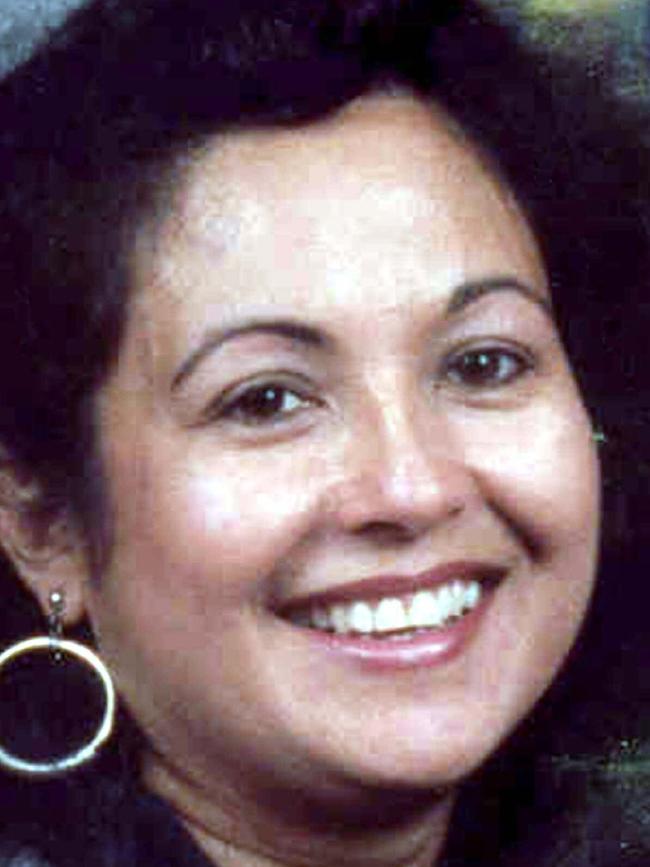
Dianne, a divorced suburban mother of three children, worked full-time as a furniture store saleswoman in Brisbane, Queensland. She was accompanied by her 12-year-old daughter, Tahlia Mitchell, her older sister and regular traveller, Alma Wood, and her daughter, Kari-Anne, also twelve years old. All four of them were going to share a cabin. The first port of call for the tourists was to be Noumea, scheduled for Thursday, 26 September. They couldn’t wait.
Unbeknown to them, a number of male passengers, later to be known as the ‘eight persons of interest’ also boarded the ship. They were Mark Wilhelm, Matthew Slade, Dragan Losic, Petar ‘Pete’ Pantic, Sakaleros ‘Charlie’ Kambouris, Letterio ‘Leo’ Silvestri, Luigi Vitale and Ryan Kuchel, and together they were to have a major impact on Dianne and her holiday. As fate would have it, the eight men were staying in two cabins (D182 and D178 — across from each other) on the same corridor as Dianne and her party (D188).
MORE NEWS
Why Brimble had ‘no chance of survival’
New clue in Bogle-Chandler mystery
++++
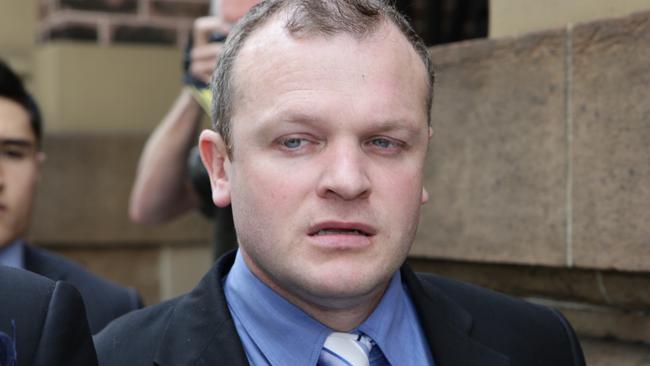
Dawn had broken.
Mark went back to his cabin, where he saw a naked Dianne lying on top of a blanket, on the floor, with faeces on her buttocks. He wiped her backside and felt for a pulse, finding only a faint one. He woke Leo, and with his assistance, they carried Dianne into the shower, where they tried to wake her. Unfortunately, the cold water didn’t do the trick and mucilage had started coming out of her mouth. It didn’t look good. They carried her back to the bedroom and laid her on the floor between the bunks. With Leo’s assistance, Mark dressed her after attempting expired air resuscitation. A further problem then presented itself in that a number of people had started moving along the corridors, most likely to get breakfast. The situation was looking desperate.
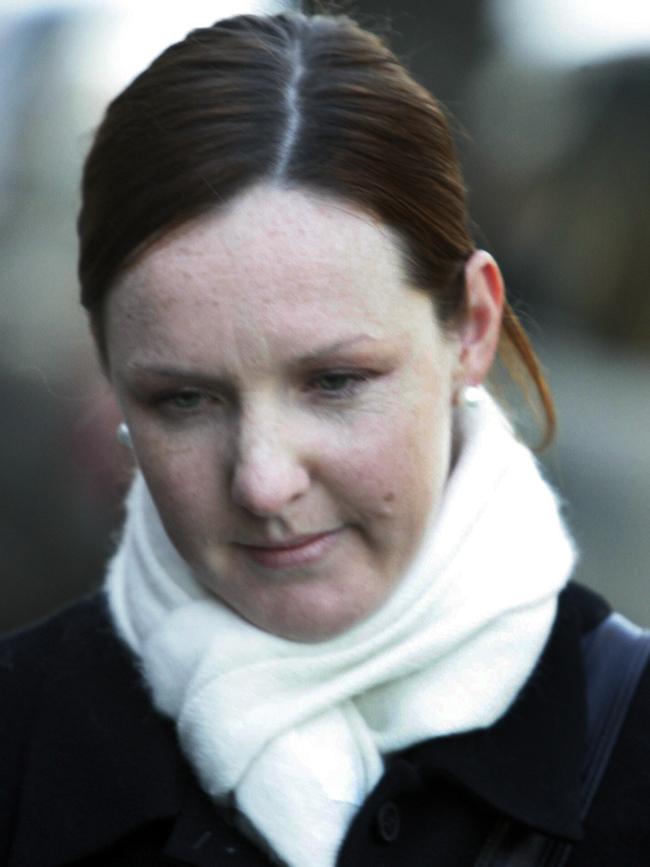
Lisa Davis rang cabin D182 at 8.45am and spoke to Mark, who replied that there was something going down and that he couldn’t talk. Shortly afterwards, he called for medical assistance and a Code Alpha (medical emergency) call went out over the P.A. system for cabin D182. The medical staff arrived promptly, led by a nurse, Donna Winter, who saw Dianne’s cyanosed (blue colour) body, which was unresponsive, not breathing and with no pulse. Her jeans were wet around the groin area, and it was thought that she was incontinent of urine, but on further examination, the wetness was found to be due to the shower she’d been given by Mark and Leo earlier. The rest of the medical team arrived and ushered Mark out of the cabin so they could commence attempts to resuscitate Dianne.
Unfortunately, they were unsuccessful, and her life was pronounced extinct at 9.03am on 24 September; the official cause of death being recorded as ‘cardiac arrest due to unknown causes’. However, the post-mortem and toxicology reports that would determine the real cause of death were yet to be done.
++++

The inquest finally got underway on Monday, 9 March 2006. It was conducted by the Senior Deputy State Coroner, Jacqueline Milledge, a former police prosecutor who had been working at the coroner’s court for seven years and had seen her share of tragedies. Her assisting council was Mr Ron Hoenig, a criminal barrister who had previously carried out much of his work in the Supreme Court. He began his opening address by stating, ‘Dianne Brimble was killed by some person or persons, by someone slipping her a lethal dose of a date-rape drug without her knowledge for the sole purpose of their own sexual gratification and the sexual assault and abuse of Mrs Brimble’.
He then outlined what the police knew about what had occurred on the Pacific Sky and the evidence provided by witnesses.
He concluded with, ‘The evidence will clearly show that Mrs Brimble was killed. The evidence will clearly show that Mrs Brimble, a dedicated mother of children, who took her youngest child on a cruise, no doubt using her life savings, was preyed upon by some people after having had administered to her a substance that broke her will or interfered with any ability for her to say “yes” or “no”. As a result she was subject to terrible degradation which no human being, let alone a female, should be subjected to. And the way in which somebody who themselves is a prude about their own body and covers themselves up to be found in the undignified way in which she was found is nothing short of absolutely reprehensible’.
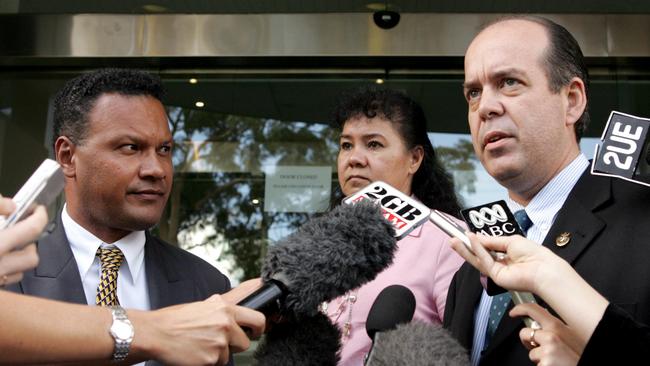
After that opening address, further evidence was provided by family members and David Mitchell, Dianne’s long-term partner and Tahlia’s father, as to Dianne’s modest, prudish nature.
Naturally, all of Australia’s major newspapers ran the story the following day, and for the next three years, the story and people involved were rarely out of the news media.
I eventually became caught up in the inquest after issuing a statement regarding the amount of gamma hydroxybutyrate (GHB) and alcohol detected in Dianne’s body at the post-mortem. I stated in part, after providing some background to the drug, the following: ‘Ms Brimble’s blood level was 210 milligrams per litre (along with alcohol at 0.127 grams per decilitre). Single doses of GHB (25mg/Kg) produce peak serum levels of 24 — 102 milligrams per litre. Doses of 50 mg/Kg produce peak levels of 48 — 124 milligrams per litre. Given Ms Brimble’s weight of 86kg then, it would appear she would have ingested over 7 grams (and possibly as high as ~18 grams) of GHB.
Therefore, it would appear Ms Brimble either received more than one dose of GHB or that she received a rather large dose (probably, in her drink/s) prior to the disco closing, with the possibility of a further dose thereafter. This is supported by the elevated blood level of GHB and the fact that there was still some GHB present in her stomach contents’.
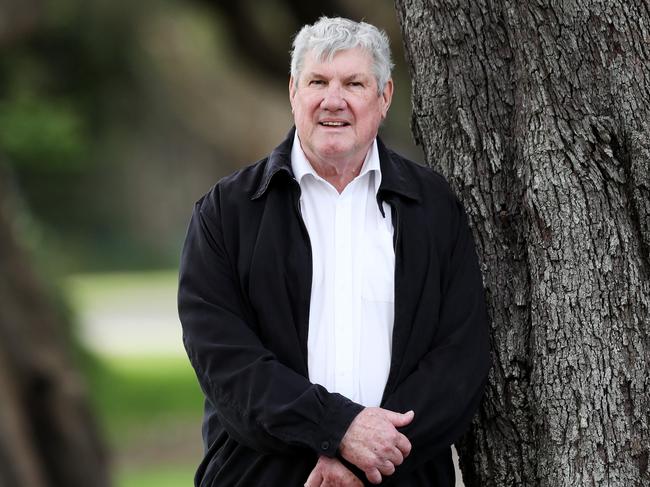
On Thursday, 16 November 2006, I attended Glebe Coroner’s Court and was cross-examined regarding the effects of GHB. I described the drug, also known as fantasy and liquid ecstasy, as a ‘colourless to pale pink, odourless, slightly salty tasting liquid freely soluble in water and thereby, can be readily added undetected, to drinks at parties and dances. It is a drug which is often used in cases of date rape’.
I was certain Dianne Brimble had had more than one dose and that she could have been topped up throughout the evening and early morning, an observation supported by her behaviour when she’d left the disco in the early morning, and I suggested that the first dose could have been taken in the ship’s nightclub between three and four in the morning.
Mr Ron Hoenig, the assisting counsel, asked me what Dianne Brimble’s chances of surviving such a dose had been.
I had no choice but to answer, ‘I’m sorry to say, virtually none’.
That was due to the fact that she’d had both alcohol and GHB in her blood, and both at elevated levels. Furthermore, GHB had been present in her stomach contents, most likely from a more recent ingestion, and had provided a source of further absorption into her blood, thus sealing her fate.
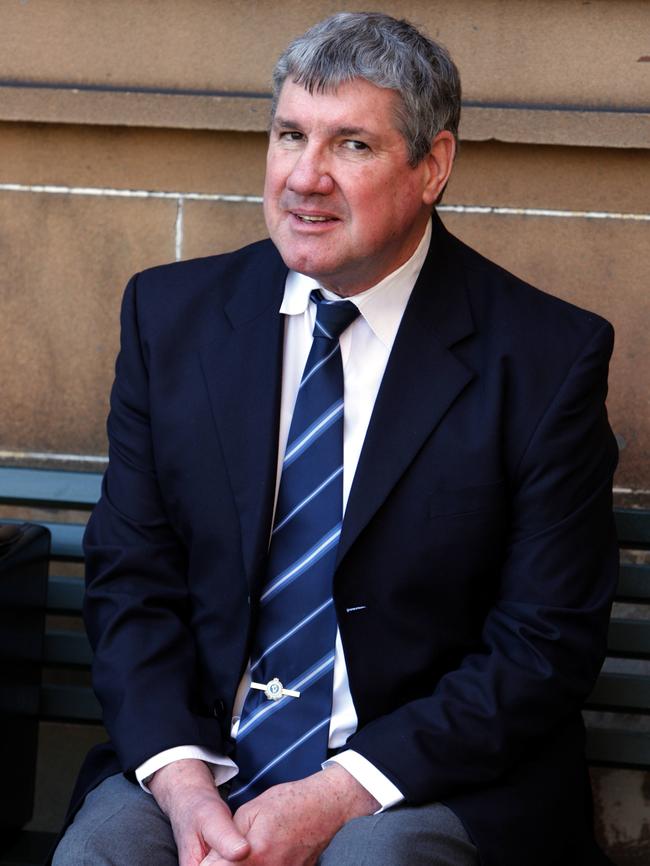
I was called back to the inquest on 27 November, 2006 and subjected to a rigorous cross-examination by Mr John Sheahan, Senior Counsel, and P&O’s senior barrister because my earlier testimony apparently had potential implications for P&O’s liability, and the culpability of the ‘eight persons of interest’.
Under cross-examination, I admitted my calculations had just been estimates and ballpark figures and the problem was that since then, a great deal of credence had been placed on them. For example, the figures I’d previously given regarding the range of how much GHB Dianne would have appeared to have ingested was based on GHB consumption and subsequent blood levels detected in the literature and from casework.
GHB exhibits nonlinear kinetics, such that in higher doses, it causes increases in absorption and elimination half-lives (the time it takes for a drug to drop to half its previous level) and the time to peak the blood concentration after consuming the drug orally (the usual mode of ingestion). In other words, it’s not possible to carry out a back calculation like those done for alcohol intoxication.
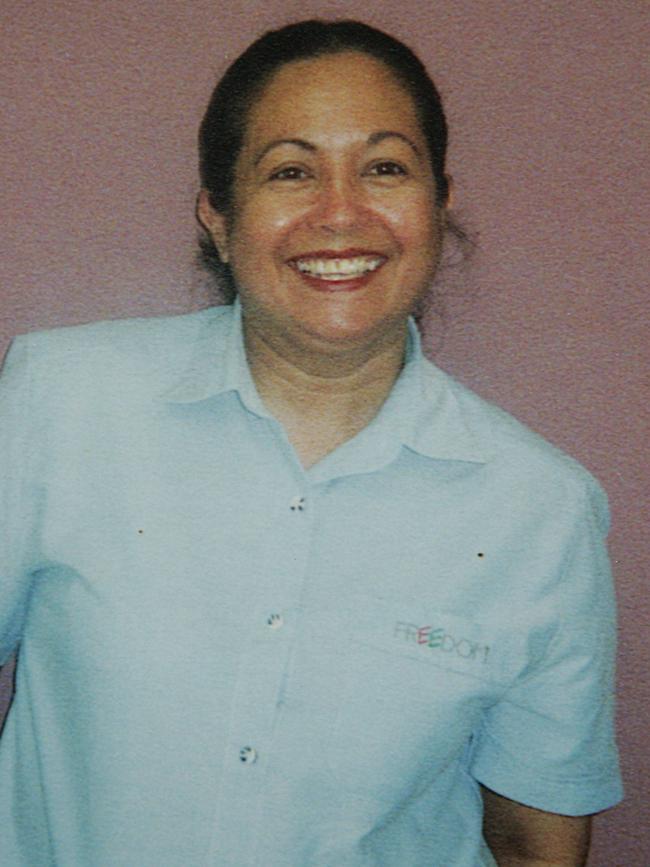
I had merely sought to show that it had been more than likely that Dianne had received more than one dose of GHB (allegedly a capful from a water bottle). Given an average cap on a standard water bottle is about eight millilitres and GHB solution about fifty per cent (the alleged solution had a pink tinge), the dose provided by just one capful would have been about four grams and two capfuls about eight grams, which is well within the ballpark figure. However, street drugs are often of questionable purity.
Another expert, Dr David Caldicott, a specialist commissioned by Mark Wilhelm, told the inquest that it was possible Dianne had taken more than one dose of GHB, but that there was no way of knowing for sure.
Meanwhile, the police had been busy conducting a number of further investigations, including the recording of phone calls of the ‘eight persons of interest’. They resulted in what became known as the ‘The Brimble Tapes’, providing valuable information to the inquest.
After sixty-six hearing days and seventeen months, the inquest finally reached a conclusion on the afternoon of 26 July 2007. NSW Deputy State Coroner Jacqueline Milledge ruled there was enough evidence to charge known persons over Dianne’s death. She then spoke to the court, saying, ‘I find that Dianne Elizabeth Brimble died on 24 September, 2002 in cabin D182 of the P&O cruise ship Pacific Sky. I am satisfied that the evidence before me is capable of satisfying a jury beyond reasonable doubt that known persons have committed an indictable offence and that there is a reasonable prospect that a jury would convict the known persons of an indictable offence in relation to the cause of death of Mrs Brimble. I therefore terminate this inquest pursuant to section nineteen of the Coroner’s Act of 1980 and refer all the papers to the Director of Public Prosecutions (DPP)’.
++++
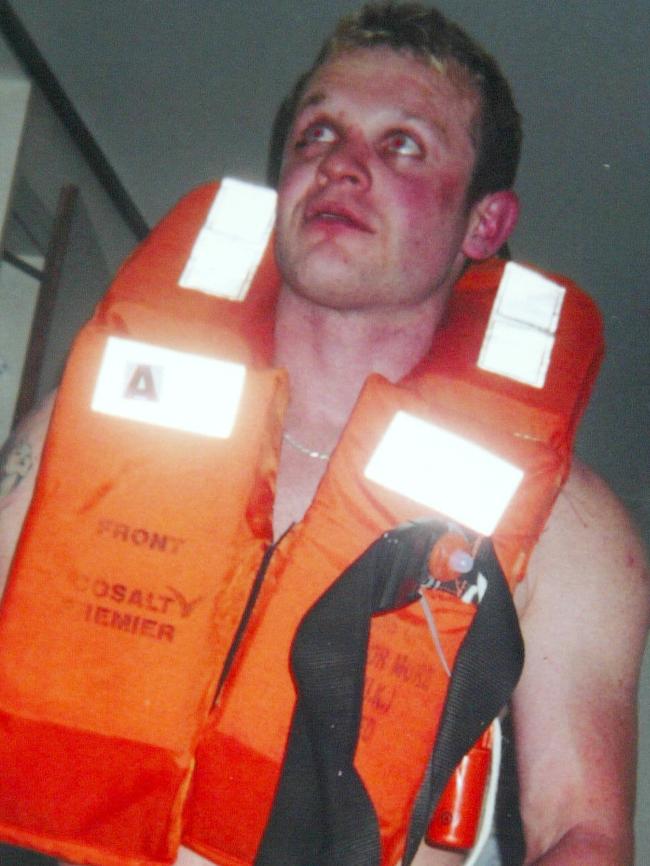
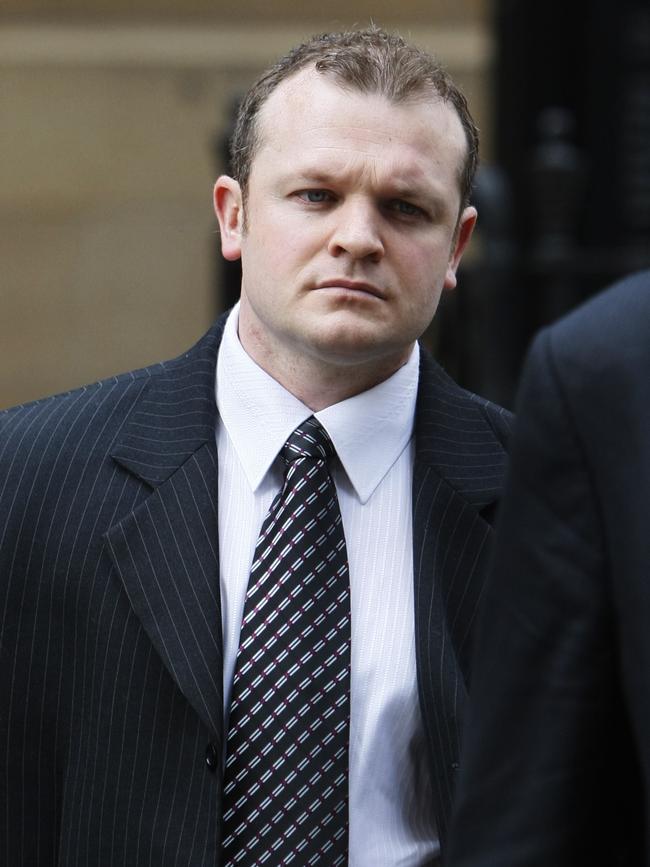
Mark Wilhelm’s trial finally began in September 2009, seven years after Dianne Brimble’s death. He appeared before Justice Roderick Howie at the Supreme Court, sitting in the Darlinghurst Court Complex at Taylor Square, Sydney. Justice Howie was an experienced appeal court judge who had presided over a number of high-profile cases over the years. The crown prosecutor was Mark Hobart, Senior Counsel, and the defence barrister was George Thomas.
I was subsequently subpoenaed to appear on 14 September, but that was complicated by the presence of myself and another three experts. The object of the exercise was to ascertain the extent of agreement and/or disagreement between the experts. A voir dire was held in the absence of the jury, in which we had to give joint evidence regarding the matter. A voir dire with several experts is seldom used in criminal matters, and it caught me by surprise. Fortunately, we agreed on most of the important issues, the exception being when Dianne had died. I felt that she’d been in serious trouble, if not already dying, when she’d defecated herself, as GHB can cause incontinence.
That latter piece of information was of importance in relation to a duty of care by Mark Wilhelm and Leo Silvestri, but it soon became apparent that the prosecution did not have a strong case for Wilhelm to be found guilty of manslaughter by negligence, leaving the remaining charge of drug supply.
The jury’s deliberations dragged on, as there was uncertainty as to whether the drug had significantly caused Dianne’s death and whether Wilhelm could be held criminally responsible. In the end, the jurors were unable to agree, resulting in a hung jury and another trial.
After the trial, Mark Wilhelm’s lawyers offered the DPP a deal if they dropped the manslaughter charge, he would plead guilty to the drug supply charge.
In the meantime, both the prosecution and defence teams searched the Crimes Act, and found a seldom used charge of using a noxious substance to endanger life.
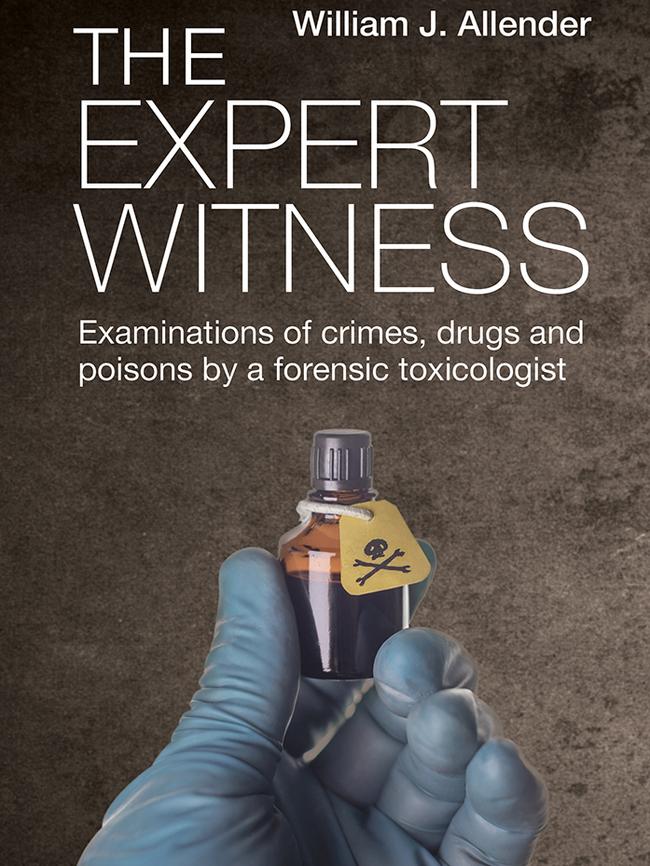
On 29 April 2010, days before Mark Wilhelm’s second trial was to go ahead, the DPP agreed, and withdrew the manslaughter charge. Later, Mark Wilhelm pleaded guilty to supplying Dianne Brimble with GHB.
Supreme Court Justice Howie described the supply of GHB as ‘a “social” or consensual one, with the evidence showing both Mr Wilhelm and Ms Brimble took the drug willingly, as adults, ahead of a sexual encounter. Therefore on the scale of supply, it must be on the absolute lowest range of such offences’.
He then imposed a section 10, meaning no conviction was to be recorded.
He concluded, ‘Finally it has come to an end and you can get on, hopefully, with the rest of your life the best as you are able’.
It was truly a sad end for an event that affected so many people, and all from a few drunken and drug affected hours.
• This is an edited extract from The Expert Witness by Dr William Allender, New Holland Publishers, RRP $32.99, available from all good book retailers or online at www.newhollandpublishers.com
MORE BOOK EXTRACTS
Originally published as Forensic toxicologist William Allender on his Dianne Brimble evidence
